Banana Tree Fruit Issues: Why Do Banana Trees Die After Fruiting
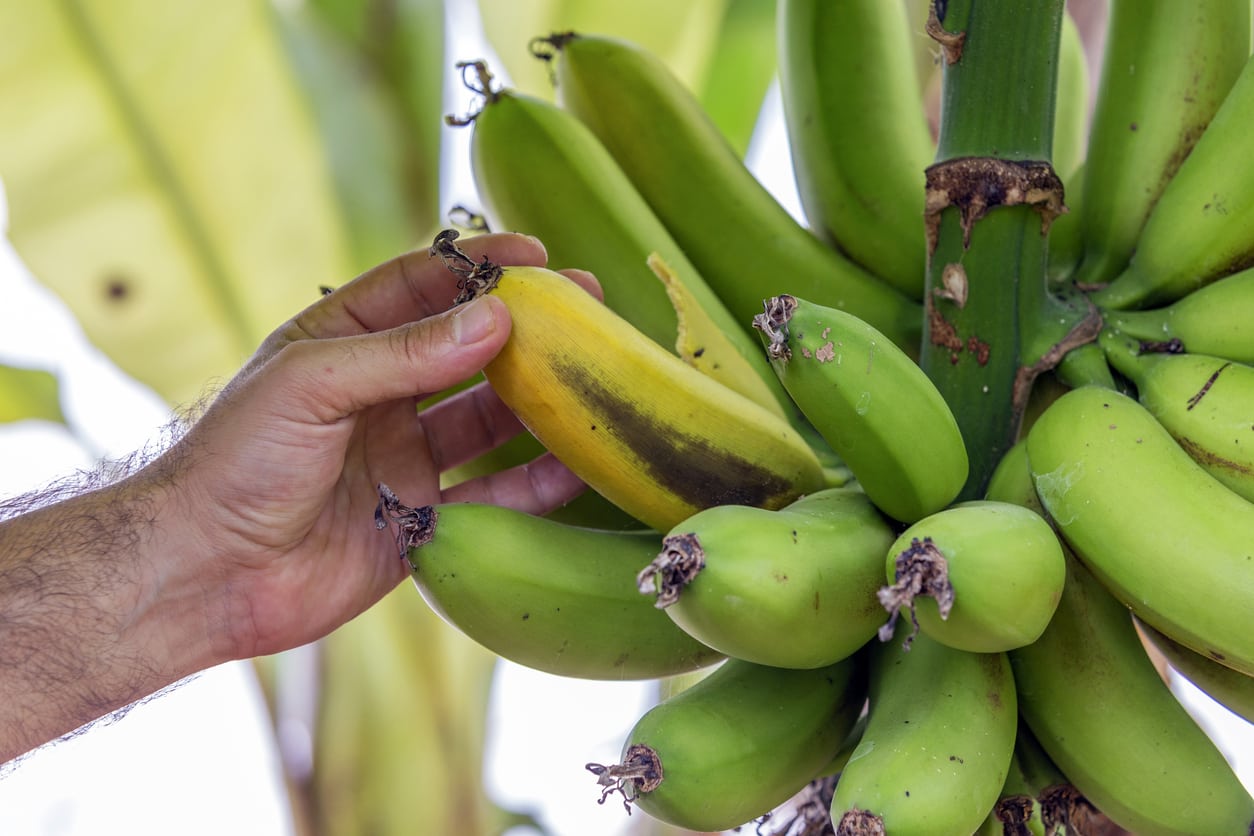
Banana trees are amazing plants to grow in the home landscape. Not only are they beautiful tropical specimens, but most of them bear edible banana tree fruit. If you have ever seen or grown banana plants, then you may have noticed banana trees dying after bearing fruit. Why do banana trees die after fruiting? Or do they really die after harvesting?
Do Banana Trees Die After Harvest?
The simple answer is yes. Banana trees do die after harvest. Banana plants take around nine months to grow up and produce banana tree fruit, and then once the bananas have been harvested, the plant dies. It sounds almost sad, but that isn’t the entire story.
Reasons for Banana Tree Dying After Bearing Fruit
Banana trees, actually perennial herbs, are comprised of a succulent, juicy “pseudostem” that is actually a cylinder of leaf sheaths which can grow up to 20-25 feet (6 to 7.5 m.) in height. They rise up from a rhizome or corm. Once the plant has fruited, it dies back. This is when suckers, or infant banana plants, begin to grow from around the base of the parent plant.
The aforementioned corm has growing points that turn into new suckers. These suckers (pups) can be removed and transplanted to grow new banana trees and one or two can be left to grow in place of the parent plant. So, you see, although the parent tree dies back, it is replaced by baby bananas almost immediately.
Because they are growing from the corm of the parent plant, they will be just like it in every respect. If your banana tree is dying after bearing fruit, don’t worry. In another nine months, the baby banana trees will be all grown up like the parent plant and ready to present you with another succulent bunch of bananas.
Gardening tips, videos, info and more delivered right to your inbox!
Sign up for the Gardening Know How newsletter today and receive a free copy of our e-book "How to Grow Delicious Tomatoes".

Amy Grant has been gardening for 30 years and writing for 15. A professional chef and caterer, Amy's area of expertise is culinary gardening.
-
 Get Ready For A Summer Of Hummers! Grow These Full Sun Hummingbird Plants and Flowers
Get Ready For A Summer Of Hummers! Grow These Full Sun Hummingbird Plants and FlowersIf you’re lucky enough to enjoy a sunny backyard, make sure you are maxing out on your pollinator opportunities and grow these full sun hummingbird plants and flowers
By Tonya Barnett
-
 12 Lush Alternatives To A Lawn For Sustainable Spaces
12 Lush Alternatives To A Lawn For Sustainable SpacesAlternatives to a lawn are beautiful and also beneficial to your local ecosystem and its pollinators. Explore our top picks for plants to replace grass.
By Tonya Barnett
-
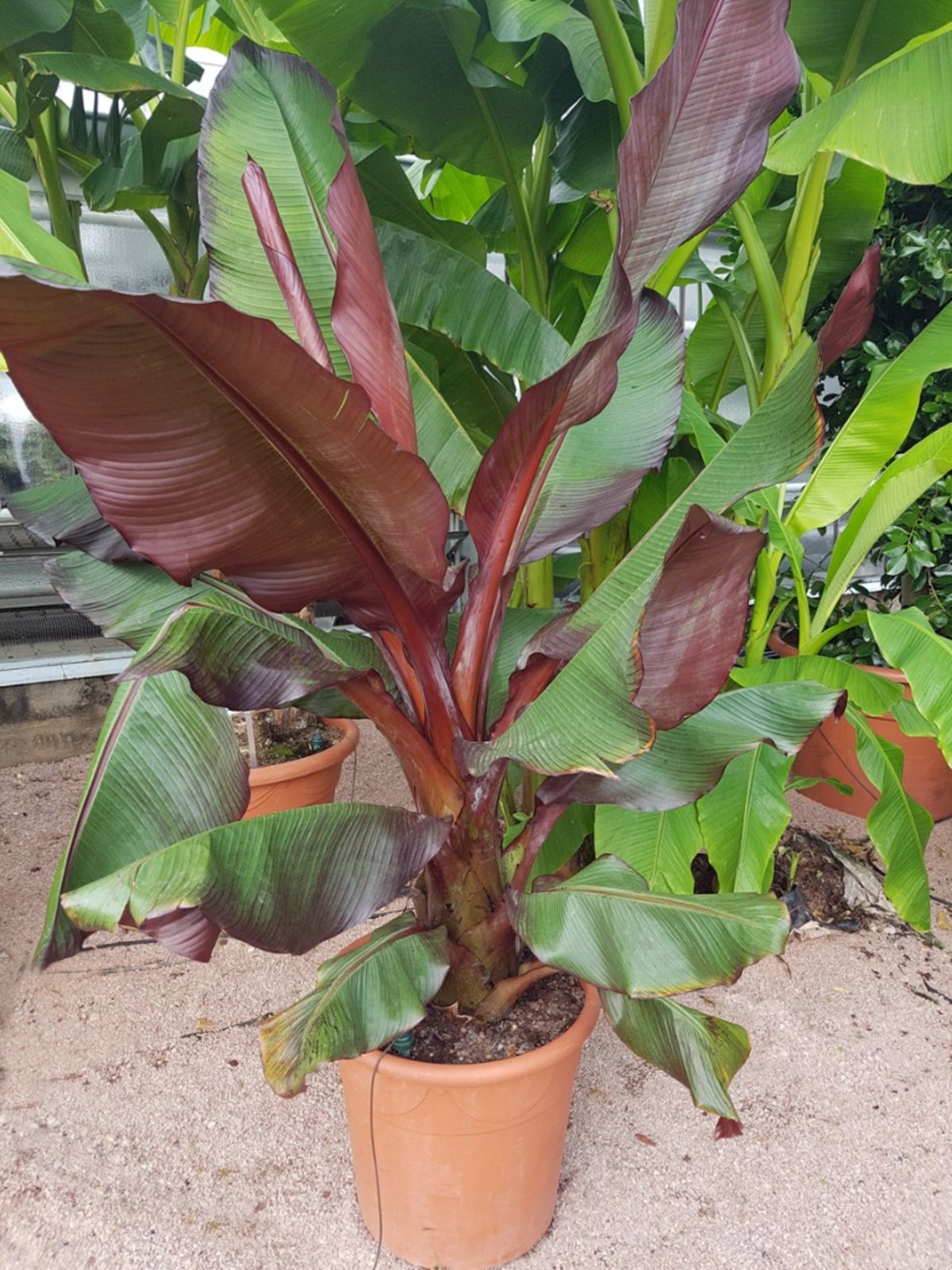 Japanese Banana Plant – Caring For A Musa Basjoo Hardy Banana Variety
Japanese Banana Plant – Caring For A Musa Basjoo Hardy Banana VarietyThe Japanese banana plant lends that tropical island flair to gardens as far north as zone 5. If that sounds too good to be true, read on!
By Laura Miller
-
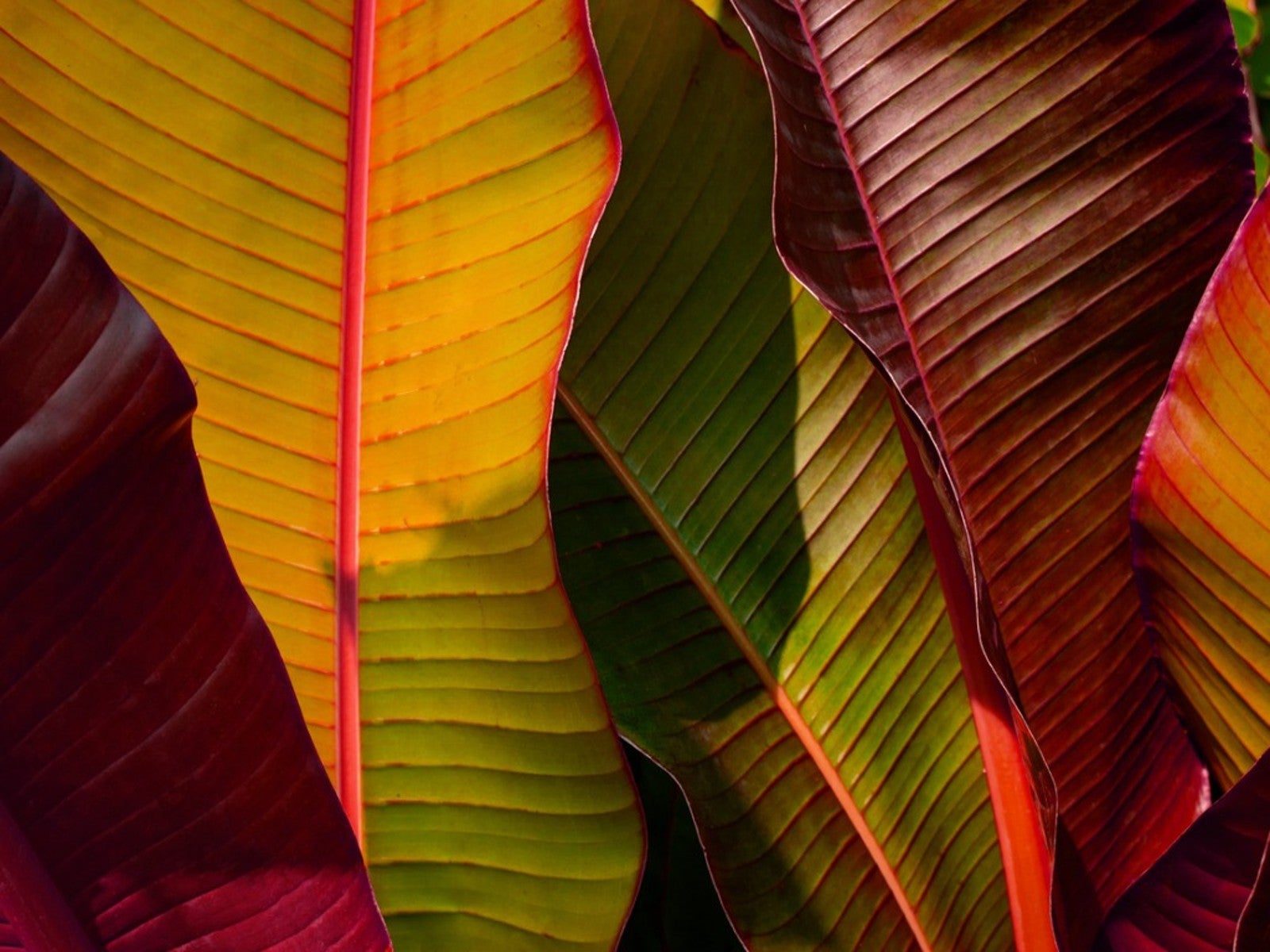 Growing Ornamental Bananas – How To Grow A Red Banana Plant
Growing Ornamental Bananas – How To Grow A Red Banana PlantThere are many types of banana which produce copious amounts of fruit. But did you know there are also various types of the ornamental red banana plant too, specifically grown for their attractive red foliage color? Learn more about them here.
By Ilana Goldowitz Jimenez
-
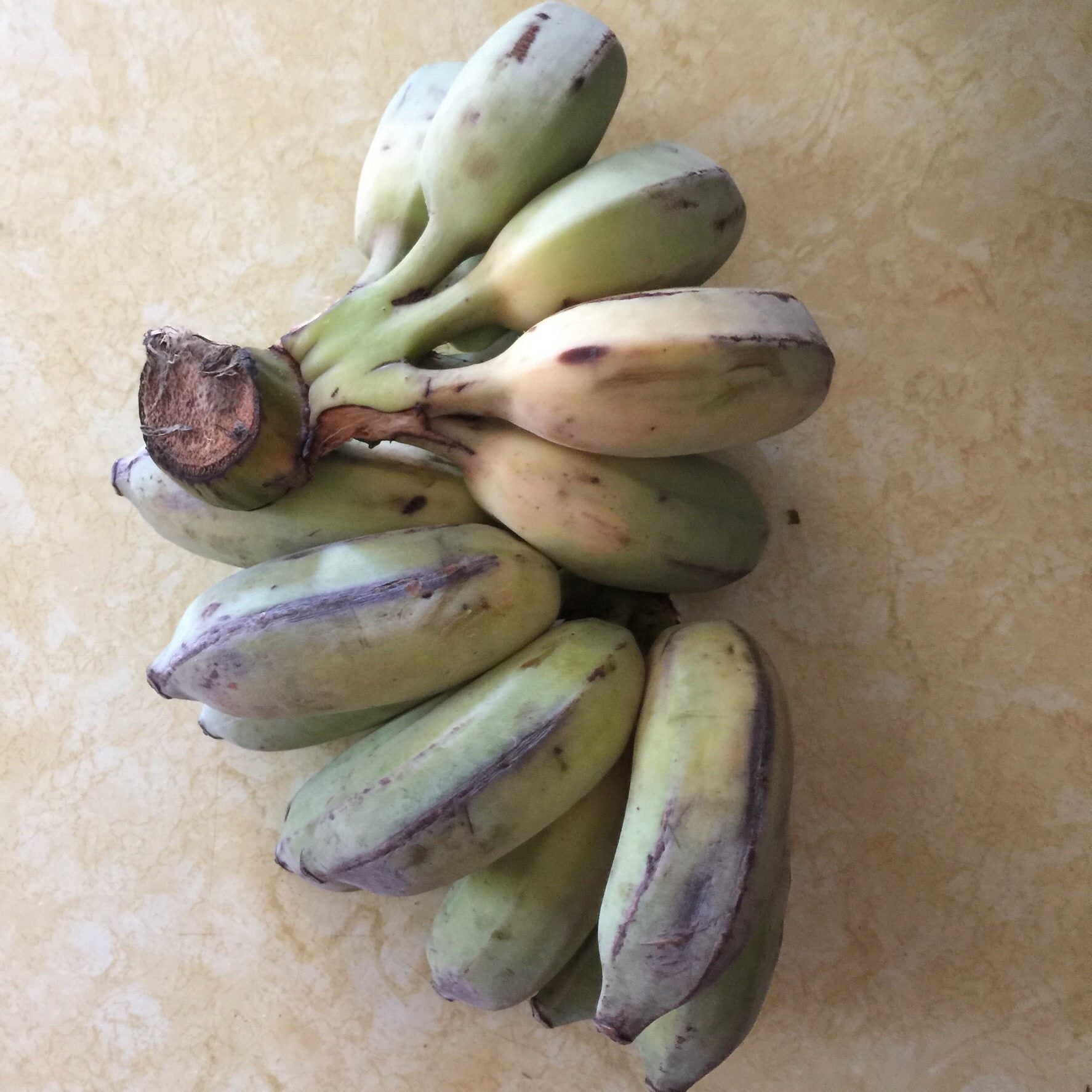 Thai Banana Fruit – How To Grow Thai Banana Trees
Thai Banana Fruit – How To Grow Thai Banana TreesIn Thailand, bananas are everywhere and synonymous with the tropical region they thrive in. If you're yearning to introduce a more tropical look to your landscape, try growing Thai bananas. What are Thai bananas? Click here to find out about Thai banana care.
By Amy Grant
-
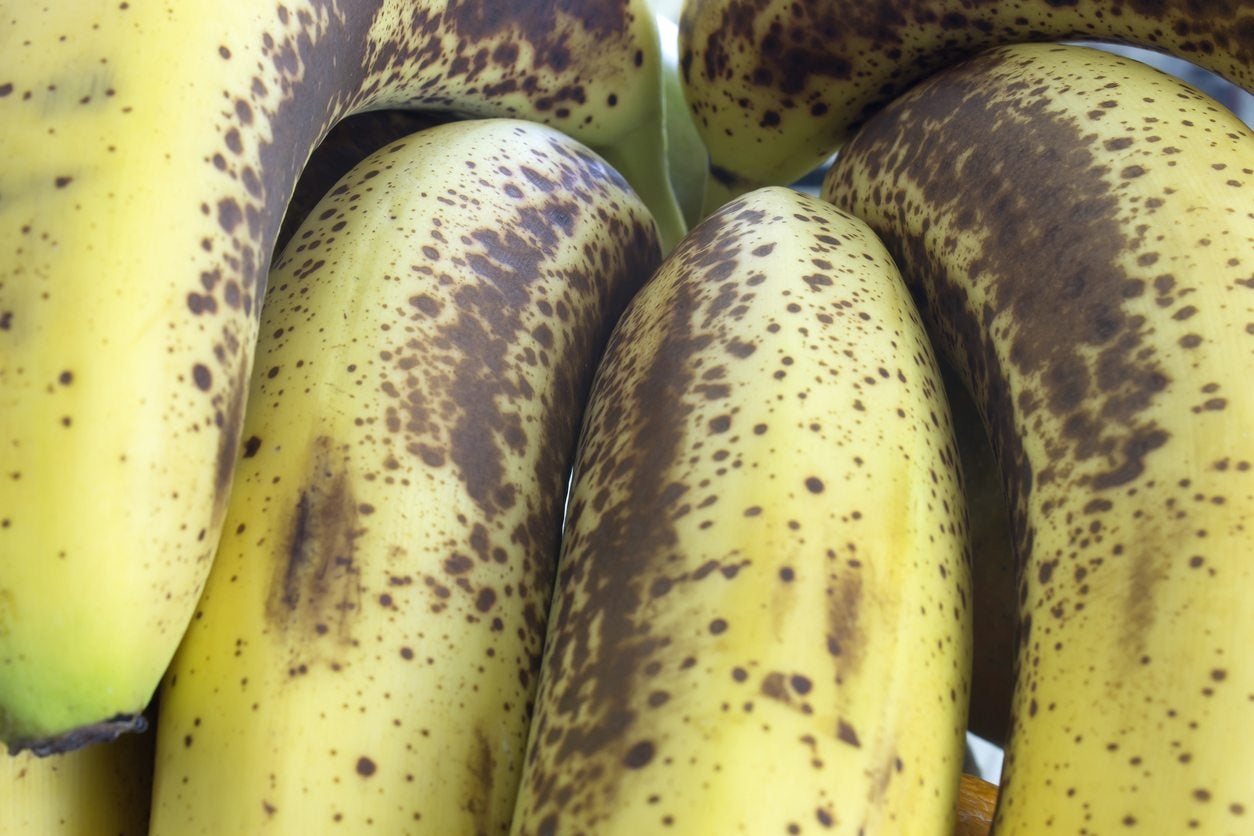 Common Diseases Of Banana: What Causes Black Spots On Banana Fruit
Common Diseases Of Banana: What Causes Black Spots On Banana FruitBanana plants are prone to a number of diseases, many of which result in black spots on banana fruit. What causes black spot disease in bananas and are there any methods for treating black spots on banana fruit? Click this article to learn more.
By Amy Grant
-
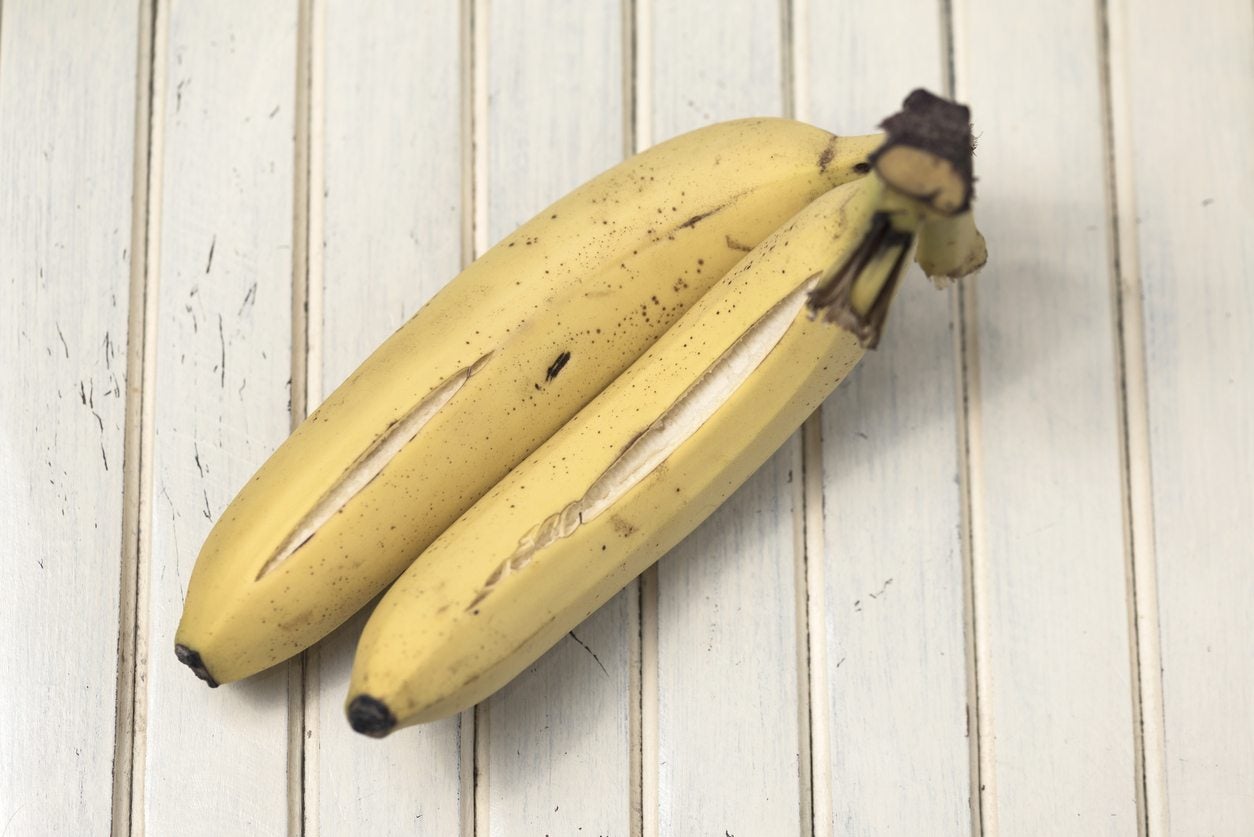 Banana Tree Problems: What Causes Bananas With Cracked Skin
Banana Tree Problems: What Causes Bananas With Cracked SkinIt takes some work to grow bananas and, even so, they are susceptible to their share of diseases and other banana tree problems. One such issue is bananas with cracked skin. Why do bananas split on the bunch? Find out about banana fruit cracking here.
By Amy Grant
-
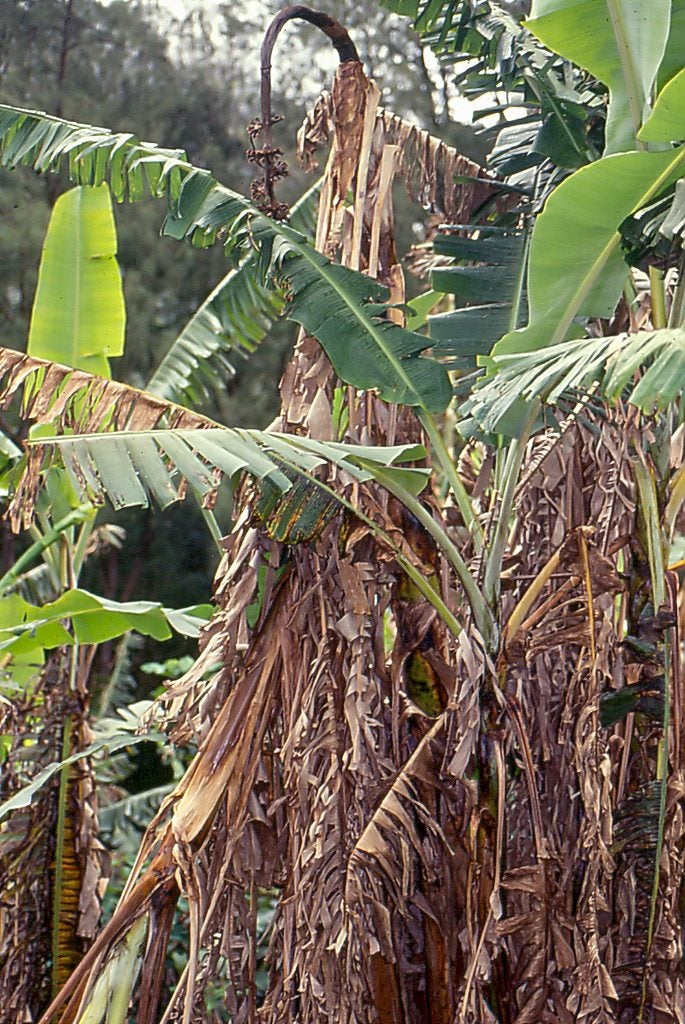 Fusarium Wilt Of Banana: Managing Of Fusarium Wilt In Bananas
Fusarium Wilt Of Banana: Managing Of Fusarium Wilt In BananasAlso known as Panama disease, fusarium wilt of banana is difficult to control and severe infections are often deadly. Click on this article to learn more about banana fusarium wilt disease, including management and control.
By Mary H. Dyer
-
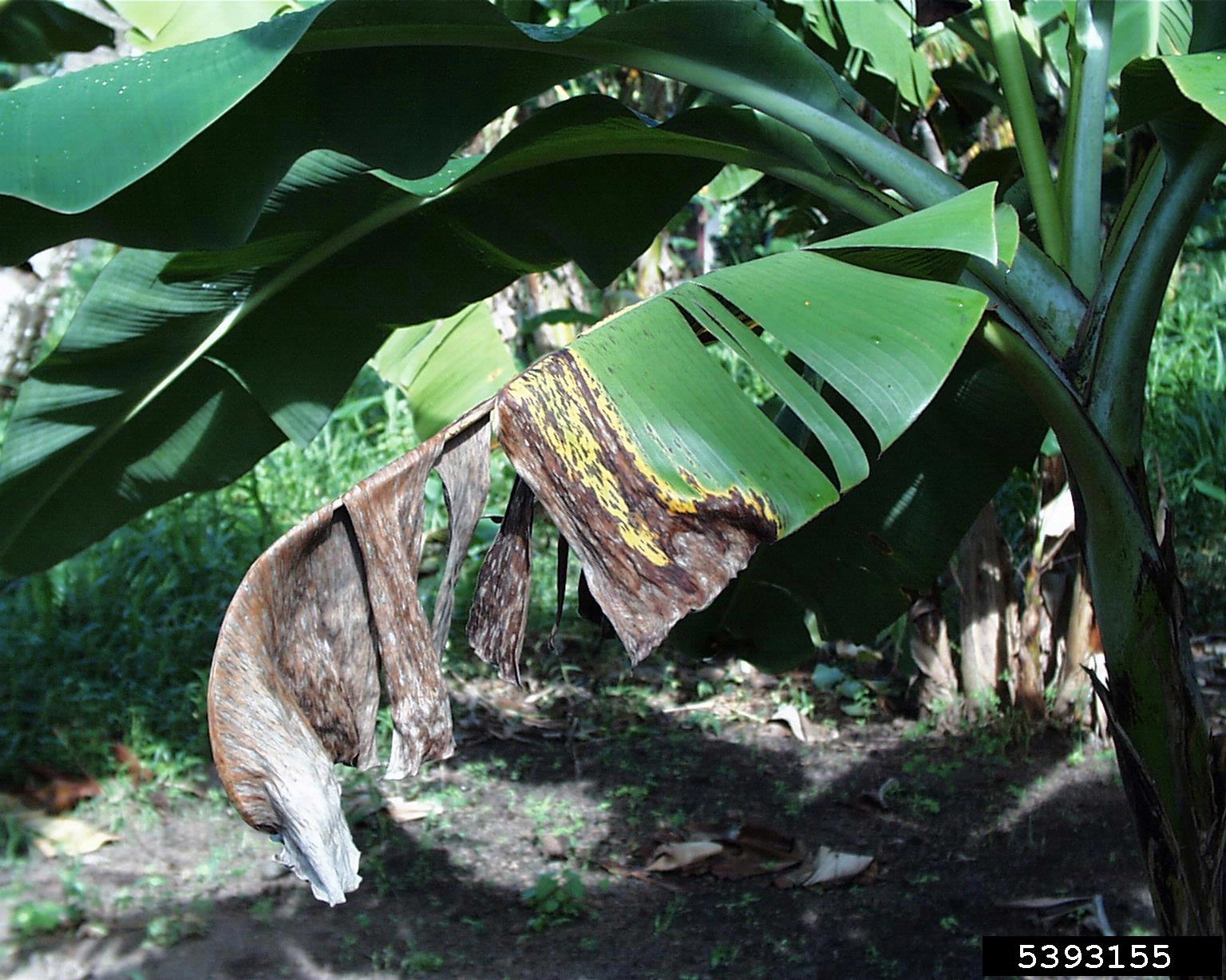 Banana Plant Diseases And Pests: Troubleshooting Problems Affecting Bananas
Banana Plant Diseases And Pests: Troubleshooting Problems Affecting BananasBanana plant problems can derail a successful plantation, and any of the problems affecting bananas may afflict the home gardener as well, so it's important to learn to identify banana pests and diseases to nip them in the bud. Click here to learn more.
By Amy Grant
-
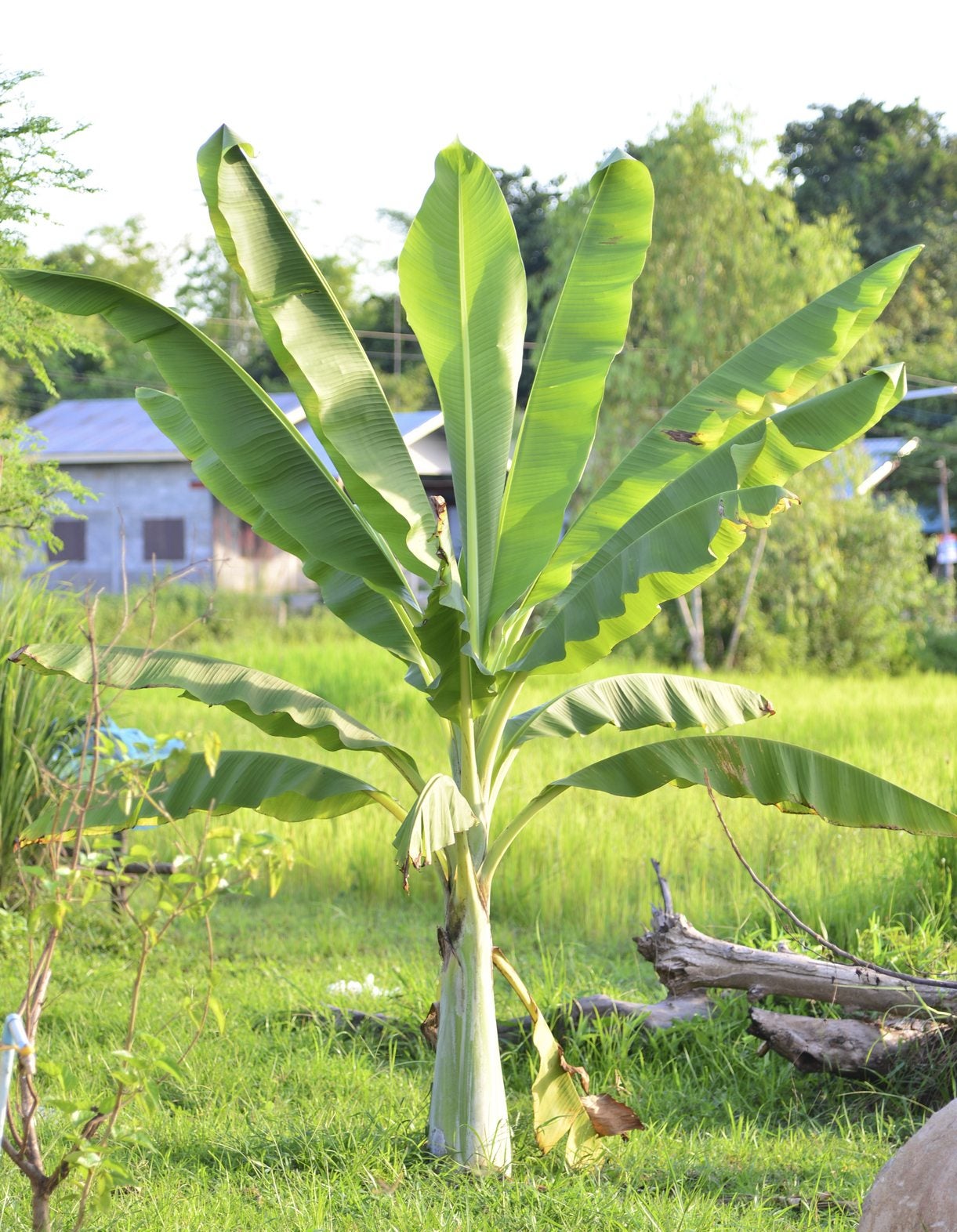 What To Feed Banana Plants – How To Fertilize A Banana Tree Plant
What To Feed Banana Plants – How To Fertilize A Banana Tree PlantBananas are heavy feeders in order to produce sweet fruit, so feeding banana plants is of primary importance, but the question is what to feed banana plants? What are banana fertilizer requirements and how do you fertilize a banana tree plant? Learn more here.
By Amy Grant